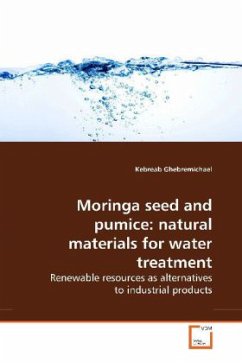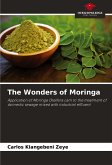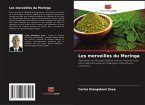The high cost chemicals and treatment materials is considered one of the main reasons for the lack of safe drinking water in many developing countries. The search for low-cost and indigenous materials as alternatives to the commercial products is needed in order to reach millions unprivileged communities. This book discusses the potentials of Moringa oleifera seed and pumice as alternative materials for drinking water treatment. Problems of a water treatment plant in Eritrea (typical of a developing country) have been used as a basis for investigation. Results of laboratory and field experiments are included where the alternative materials have been used in comparison with the conventional ones. Indigenous materials are often used traditionally without the basic understanding of the components and mechanisms responsible for the effects. This book provides scientific understanding of the main components of M. oleifera coagulant and outlines a simple isolation and purification procedure of the coagulant from the seed. The book should be useful to researchers in natural and locally available materials in water and wastewater treatment.







